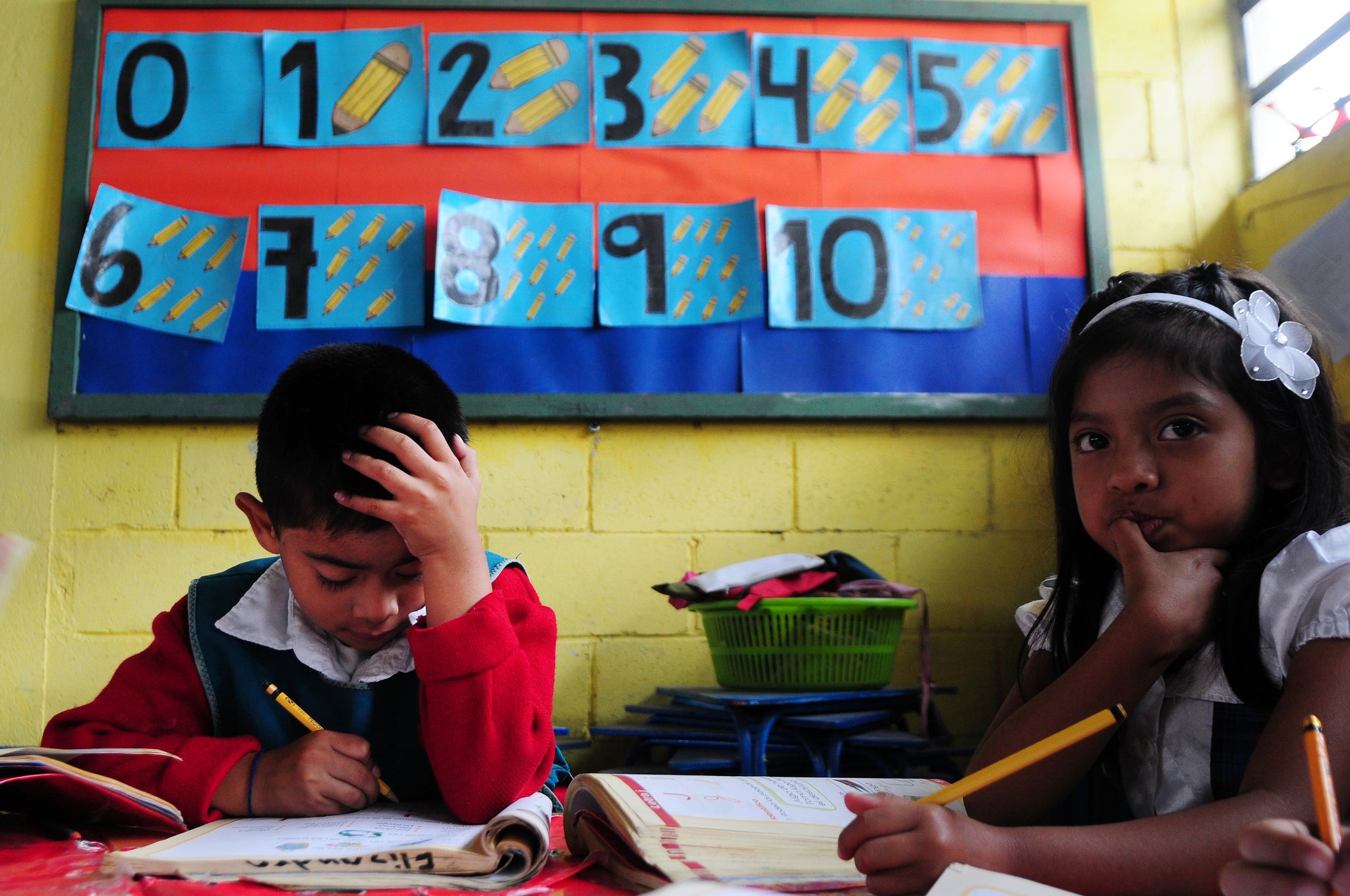
The inefficiency and inequity caused by age differences in testing is not news. On the contrary, it is a well-documented fact. The proposed solution to this problem is to age-adjust test scores. But the truth is, we are nowhere near to implementing such a solution.
A large body of literature that includes widely different educational systems has documented the effects of age on academic achievement as measured by standardized test scores (see for instance this study for several OECD countries.) Twelve months of additional age confer an advantage of roughly 0.2-0.3 standard deviations or 8-10 percentiles; this means that if we had 100 students in a class, 12 months of additional age would improve the position of a student in the ranking by 8-10 places.
Wherever and whenever test scores are used to make important decisions, age-related differences in scores may have life-changing consequences. They could affect educational opportunities, most notably through admission tests for selective enrollment schools and colleges. They could also affect educational expectations and how families allocate resources among children.
Few parents know about the edge conferred by age, and fewer have the resources to take advantage of it. In the U.S., parents with more education are more likely to hold their children out of school to start one year older—a practice known as “redshirting.” Those children end up with an edge on top of whatever advantage their background already gives them.
The story gets more interesting because learning in a classroom is a group activity. The learning pace of some students might affect the learning pace of others. Older peers behave more maturely and may learn faster, allowing the class to proceed with fewer interruptions and cover more ground. In such case, younger students would enjoy a positive spillover from having older classmates. But that is just a theoretical possibility.
Testing whether such type of interaction between students’ ages exists is a challenge. It requires distinguishing the effect of a student being older relative to her classmates, from the effect of that student having younger classmates. That poses a challenge because if I am relatively older, it is precisely because I have younger peers and vice versa. To overcome this challenge, we would like to observe students of the same age who are assigned to classrooms with classmates of different ages—making relative age and absolute age independent. That’s exactly what we observe in a policy experiment in Mexico.
In the early 2000s, several Mexican states shifted their cutoff date for school eligibility from Sep. 1 to Dec. 31, lowering four months the minimum school-starting age. Some states did not change the cutoff until years later. By contrasting early and late adopters of the shift, we can create a counterfactual. Two neighboring states, Tlaxcala and Puebla, provide such counterfactual. Students in both states took the same standardized tests at the same time. However, students born between January and August of the same year had younger classmates in Tlaxcala, and older classmates in Puebla. By comparing pre- and post-reform cohorts across states, it is possible to separately estimate the effect on test scores of the student’s own age and the effect of classmates’ age. The results show large and positive spillovers.
Holding everything else constant, a difference of one year in one’s own age gives an advantage of roughly 18 percentiles. However, in reality “everything” cannot be held constant. Older students have younger classmates. The effect of having classmates that on average are one year younger is roughly -9 percentiles. Thus, the net effect of being one year older relative to one’s classmates is positive and equal to roughly 9 percentiles (18 minus 9). An implication of the spillover is that, if tested at the same age, younger students would outscore their older classmates by 9 percentiles. In other words, although they obtain lower test scores, younger students accumulate more skills. The study appeared in the Economics of Education Review. The draft version can be found on my website here.
The results of the analysis for Mexico are in line with two previous studies, one in Norway and another in the U.S.: Being older relative to your classmates makes you look better in terms of tests scores, but slows your learning pace. Conversely, being younger relative to your classmates makes you look worse in tests scores, but accelerates your learning pace. These results make even more urgent the call to action.
From a public policy standpoint, whenever human capital investments are allocated using standardized test scores as measures of academic merit, relative age introduces distortions. Relatively older students get higher test scores just because they take the test at an older age. At the same time, those who are younger might be accumulating more skills. Despite that, the cards are stack against them. On average, they do significantly worse in test scores all the way to the end of high school.
Educational authorities must figure out a way to give feedback accounting for age at time of the test. Eventually, they also have to use age-adjusted test scores in allocation mechanisms that rely on test scores. No one seems to be doing it yet. It should not be expensive and it may make a big difference.
It is hard to come across policies that enhance equity and efficiency at the same time. Adjusting test scores used in allocation mechanisms may very well do that. With appropriate adjustments by age, equally able individuals would not be treated differently, and truly abler individuals would be easier to identify.


Join the Conversation